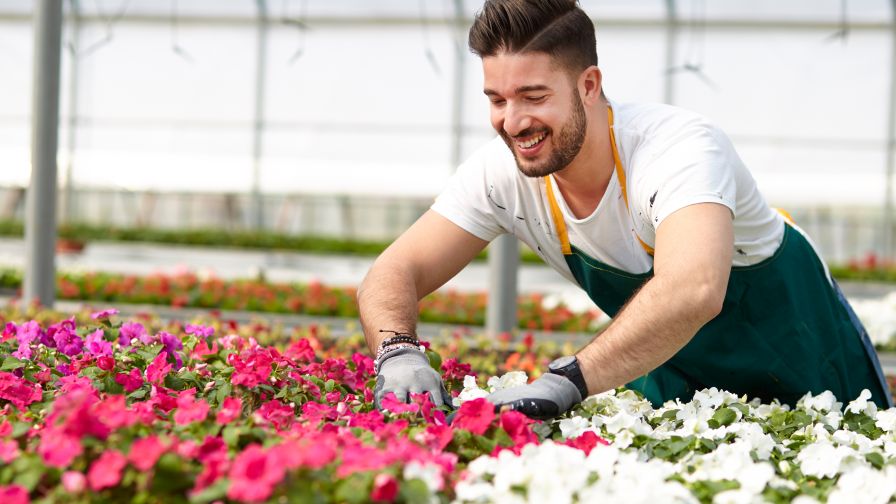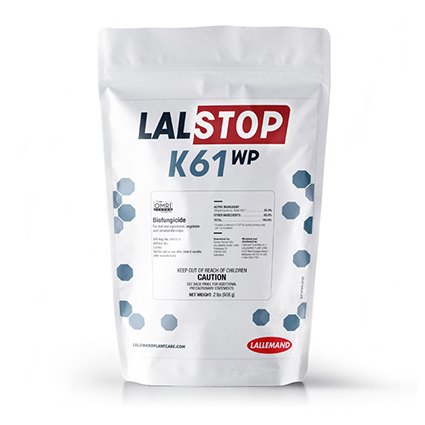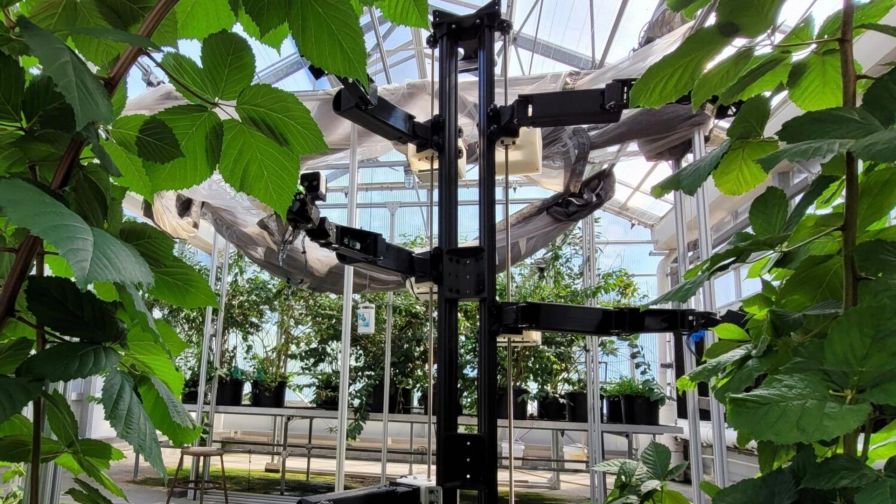How One New Sensor Has a Nose for Greenhouse Pests
Innovative technology could make scouting for pests in the greenhouse easier and more accurate. A new smart sniffer is being trialed in an Ontario greenhouse through a research project led by Ontario Greenhouse Vegetable Growers (OGVG) and supported by the Greenhouse Competitiveness and Innovation Initiative (GCII).
“Our growers are eager to use and integrate more data into their decision-making, but traditional sensors have often been a struggle – they can be high cost and greenhouses are not always the best environments for electronics,” says OGVG Innovation, Adaptation & Plant Protection Lead Niki Bennett.
The solution could lie with low-cost, disposable micro sensors, according to Dr. Arezoo Emadi, electrical and computer engineering professor at the University of Windsor and a pioneer in the development of high-performance sensor technology and electronic nose systems.
Emadi’s system senses volatile chemicals in the air to detect the presence of different pests and plant stressors long before they’re visible to the human eye. Traditional crop scouting relies on people in the greenhouse to visually monitor plants; even more automated systems currently available for greenhouses rely on vision technology, making Emadi’s electronic nose approach extremely innovative.
“Typically, growers have about two humidity, temperature, and light sensors per greenhouse acre; Dr. Emadi is proposing hundreds of sensors per acre, which would make a real difference in the quality and quantity of data growers can collect,” Bennett says. “By improving the accuracy of crop scouting and reducing the labor needed, this could really help automate whole-greenhouse pest management and let growers be proactive instead of reactive to problems.”
OGVG had previously worked with Emadi, Ontario Ministry of Agriculture, Food and Rural Affairs and Agriculture and Agri-Food Canada to identify specific volatile chemical compounds related to pepper weevil detection.
Under the current research, the portfolio of volatiles the system can detect is being expanded so it can detect a broader range of pests. It is also learning to sense ethylene levels in the greenhouse, which affects ripening, to help with improved production predictions.
“This is a learning machine, so the more volatiles it can pick up, the better its predictions will be,” she says. “There is already interest from the industry in where this is going to go and it’s showing some early success.”
The completed prototype was installed into a greenhouse in early 2022 for beta testing to validate the technology and its performance. The project is expected to wrap up by November of this year.
Learn more here.










